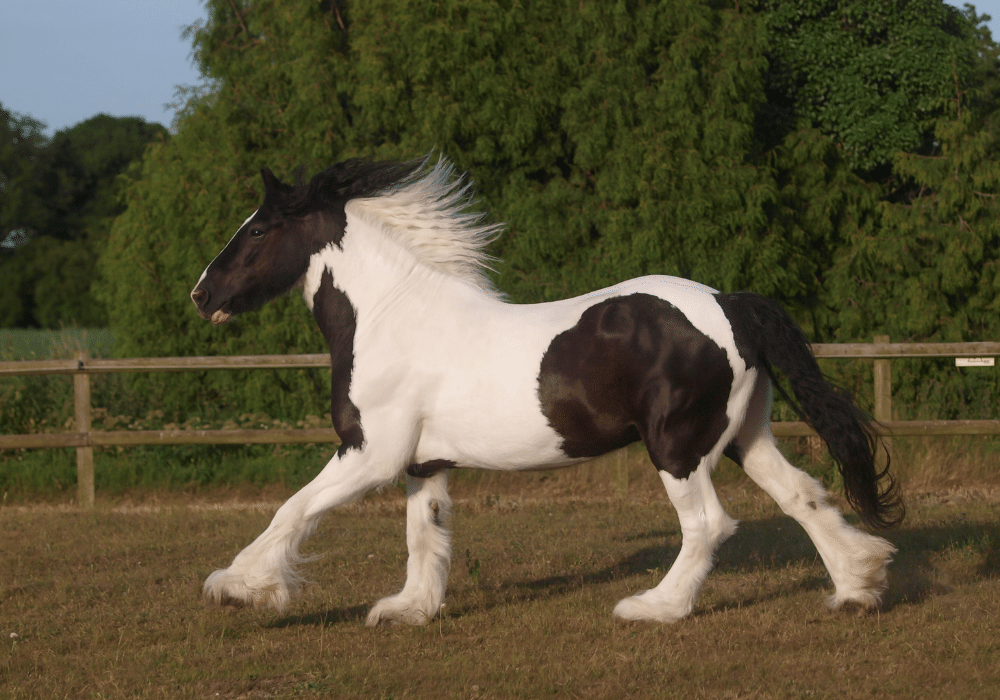Commonly known as “feather mites”, chorioptes equi is a parasite that tends to affect feathered horses. It is common in breeds such as cobs, Shires and Clydesdales. This case study demonstrates how our vet, Laura, helped to diagnose and treat a case of feather mites in our client’s horse, Black Jack.
Itchy Legs
Black Jack’s owner gave us a call when his legs became very itchy. There was no obvious cause, and our client had tried various things to no avail.
After thorough examination, Black Jack was diagnosed with chorioptes equi. A parasite that multiplies within the feathers, it causes intense itching. This can lead to a cycle of trauma, inflammation and itching, which can be very difficult to break. Ultimately, the skin can become permanently thickened and scarred as a result of the trauma.
Treating The Feather Mites
Black Jack was given a course of treatment, his itching stopped and he was given the all clear. As there is no licensed prescription medicine for the treatment of this condition, vets tend to use an injectable sheep or cattle medication either weekly for three weeks or two injections two weeks apart depending on the severity of the infection.
In cases like this, it is important that the full course of treatment is applied. This is because the injection only works on the adult mites. Therefore, the eggs laid by the adults before the first treatment will hatch out and need to be treated again. The life cycle of the feather mite is about three weeks, hence the timeframe for treatment.
Preventing Chorioptes Equi Infestations
There are things horse owners can do to prevent chorioptes infestations. Clipping your horse’s feathers regularly means the mites do not have anywhere to live and breed. Regularly changing your horse’s bedding can also help.
Regular application of Fipronil (Frontline) spray can be used off licence to control feather mites.
Pig oil and sulphur, or a sulphur shampoo is said to create a barrier and prevent mite numbers increasing, but they won’t treat an infestation.
Preventing and promptly treating outbreaks of chorioptes equi is important due to the discomfort it causes to the horse, and the potential long-term impacts on the horse’s skin. Sallenders and mallenders - thickened, crusted scale and scabs found on the legs - are said to be associated with recurrent mite infestations.
Avonvale Equine Vet Practice
Our highly qualified and dedicated equine vets are experienced in diagnosing and treating a range of conditions. We offer free weekly zone visits for routine and non-emergency appointments, covering Warwickshire, Oxfordshire, Gloucestershire and Worcestershire. If you are looking for an independent, reliable equine vet practice with a team of experienced equine vets, register your horse with us today.








